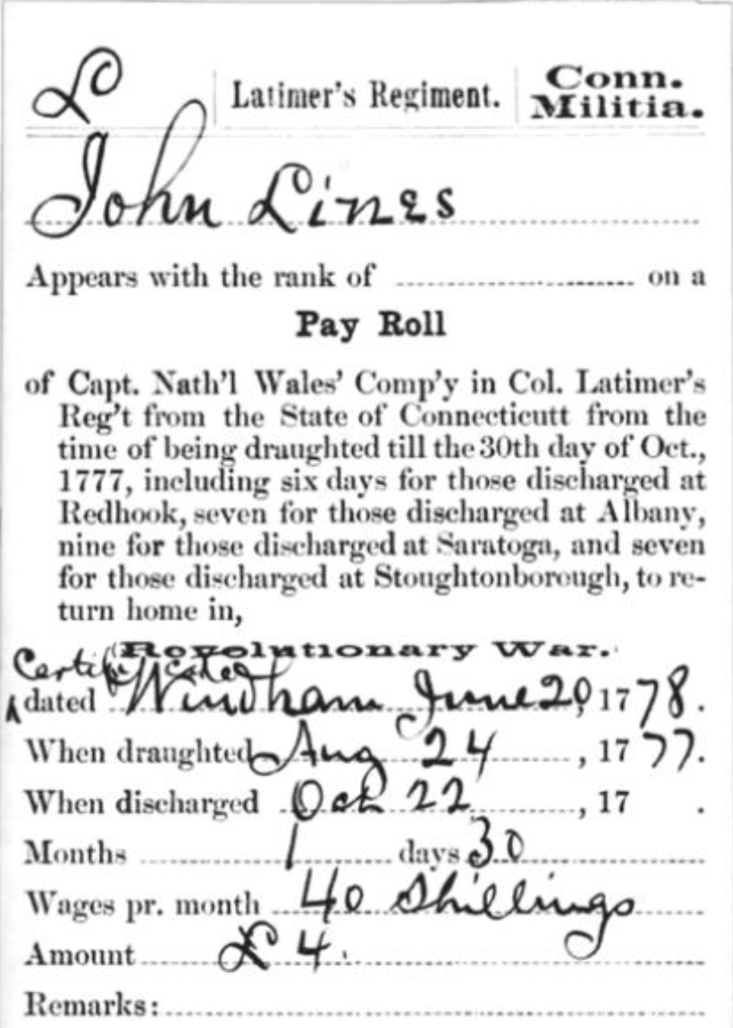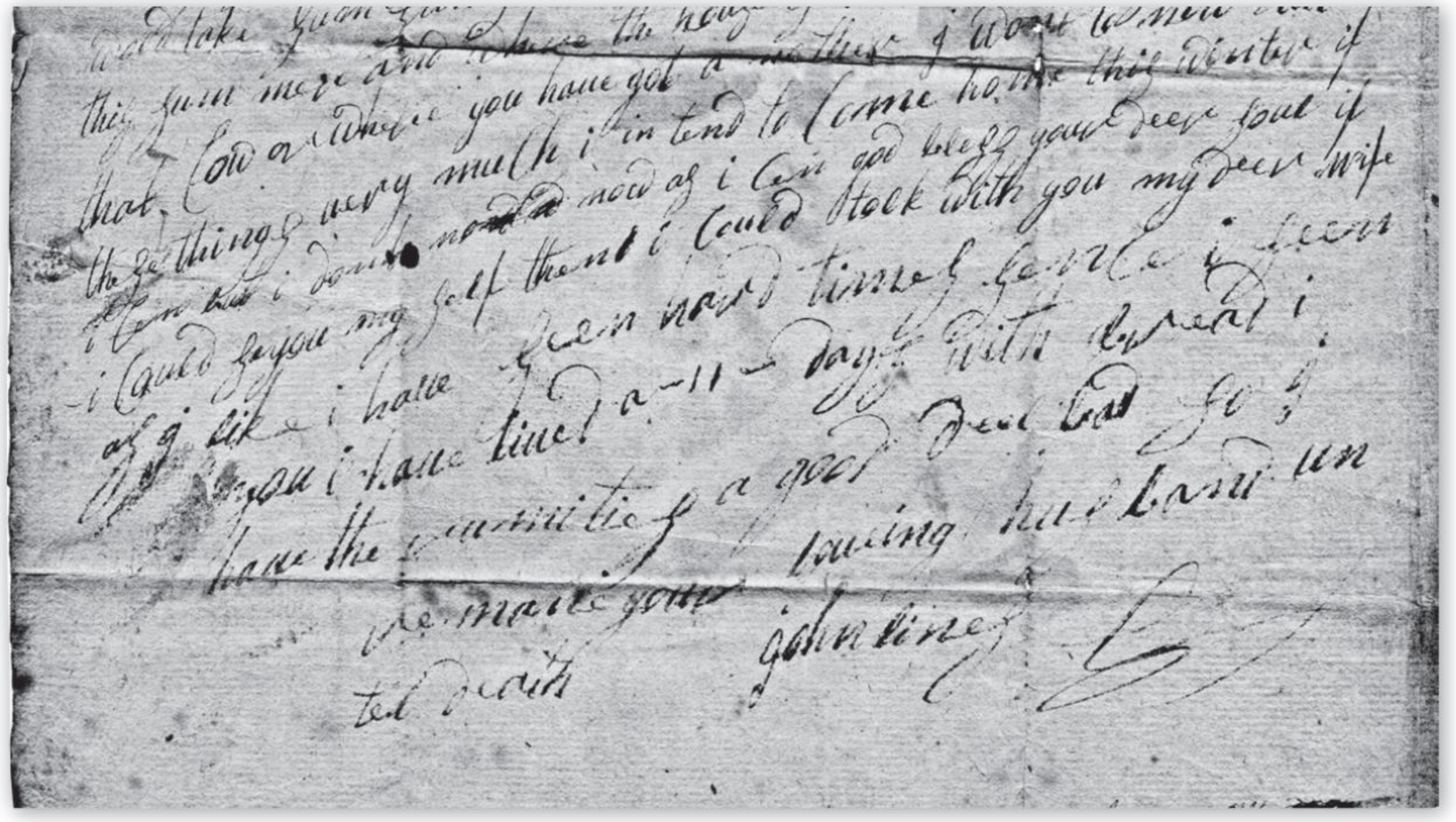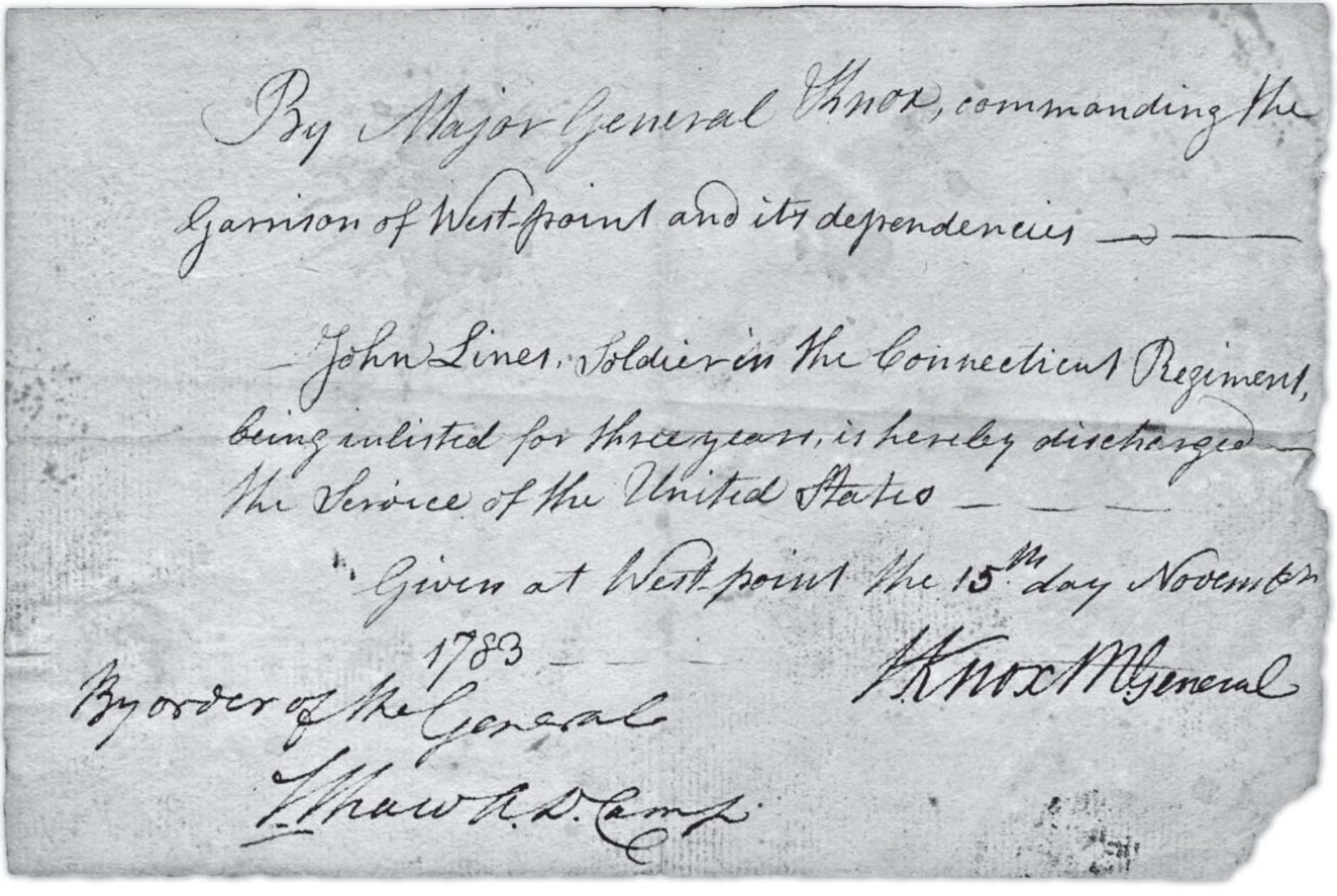Melissa Zablonski
Putnam High School
TEACHER'S SNAPSHOT
Subjects:
African Americans, Revolutionary War
Course Topics/Big Ideas:
Role of Connecticut in U.S. History, The Struggle for Freedom, Equality, and Social Justice
Town:
Windham
Grade:
Grade 8, High School
Lesson Plan Notes
During the American Revolution, free and enslaved Black people fought for American independence. Although some fought as substitutions for their enslavers or enslaver’s family members, others fought as a way to gain their freedom, or the freedom of their family, through an act of agency. However, it can be difficult to learn about the stories of these individuals’ service and their lives before and after the war. In this lesson, students will explore the process used by one historian to tell the story of the Revolutionary War service of Windham’s Jesse and Job Leason. Then, students will investigate primary sources in order to create their own story of Windham’s John and Judith Lines.
ESSENTIAL QUESTION
SUPPORTING QUESTIONS
- What processes did Jamie Eves use to tell the story of Jesse and Job Leason?
- How can primary sources be used to tell the story of John and Judith Lines?
- What do these stories reveal about African Americans’ role in the American Revolution?
- Why is it difficult to find information about African Americans in the American Revolution?
ACTIVITY
Introduction
- The teacher will ask students, “How do historians reconstruct the stories of people from the past?”
- Students brainstorm methods historians use to research people from the past (looking at primary sources, going to archives, interviews, etc.)
Activity #1
- Students read all, or parts of, Jamie Eve’s “‘Faithfully to Serve’: Jesse & Job Leason, African American Soldiers in the Revolutionary War.”
- While reading, students complete the graphic organizer to track the information Jamie Eves found about the Leasons, how he found that information, and the conclusions he was able to make.
Activity #2
- As a class, students discuss the methods they identified that were used by Eves and how they can use similar methods to reconstruct the stories of someone from the past.
- In small groups, students view the documents related to John and Judith Lines (note that Lines is also spelled as Lynes and Lynde).
- Students complete the graphic organizer as they analyze the documents to draw conclusions about the lives of John and Judith.
- In their small groups, students write a brief narrative of John and Judith’s lives based on their conclusions.
Activity #3
- In their small groups, students will read all, or parts of, the Vermont Journal and Journal of the American Revolution accounts of the lives of John and Judith Lines.
- Students will compare these accounts to their own conclusions and discuss differences and similarities in their groups and then as a class.
- Finally, based on all sources in the lessons, students will make overall conclusions about the role of Black Americans in the Revolutionary War and why it is so difficult to uncover and tell their stories.
OPPORTUNITIES FOR ASSESSMENT
Option #1: Recently, appropriations were made to fund the National Liberty Memorial, a memorial that will honor the Black and Indigenous soldiers who fought in the Revolutionary War. This article from Senator Chris Murphy’s website mentions that over “800 black Americans from Connecticut” served in the war. How can these soldiers be honored here in Connecticut? How should their stories be told? Students will develop a proposal for the Connecticut state legislature that outlines a plan for honoring Connecticut’s Black soldiers that fought in the Revolution. In their proposal, students should address the following:
- How should these soldiers be memorialized? Consider options such as museums, town-by-town parks, plaques or statues, an annual event, etc.?
- What steps need to be taken to gather information about Connecticut’s Black soldiers? What information should be gathered?
- How can this memorial be funded?
- What is the importance of creating this memorial in Connecticut?
Students can have the option to send their completed proposals to the Connecticut legislature for consideration.
Option #2: Using their research skills (whether through local newspapers, town historical societies, materials from the state library, or general internet searches) students will identify Black soldiers from their town or a nearby town who served in the Revolutionary War. Students will identify when and where these soldiers served, how they contributed to the war, and any other information about their lives before, during, and after the war. With this information, students will create a legacy poster that tells a soldier’s story, provides their basic information, and includes a statement on the soldier’s legacy. In other words, how and for what should they be remembered? Posters can be shared with local historical societies for a display of the town’s Black Revolutionary War soldiers.
RESOURCE TOOL KIT
Jamie H. Eves, “‘Faithfully to Serve’: Jesse & Job Leason, African American Soldiers in the Revolutionary War.”

John Lines Mileage Slip. Excerpted from: Nevins, S. (2020). “‘For colored people, [they] had a great many friends’: The Phillips-Lynde Family of Windham, Connecticut, and Brookfield, Vermont.” Vermont History, 88(1), 1-34.

John Lines Letter to Judith Lines. Excerpted from: Nevins, S. (2020). “‘For colored people, [they] had a great many friends’: The Phillips-Lynde Family of Windham, Connecticut, and Brookfield, Vermont.” Vermont History, 88(1), 1-34.

John Lines Discharge Papers. Excerpted from: Nevins, S. (2020). “‘For colored people, [they] had a great many friends’: The Phillips-Lynde Family of Windham, Connecticut, and Brookfield, Vermont.” Vermont History, 88(1), 1-34.
John Lines Pension Means Test. Excerpted from: Rees, J. (2021). “‘She had gone to the army…to her husband’: Judith Lines’ Unremarked Life.” Journal of the American Revolution.
Judith Lines Widow Pension Testimonies. Excerpted from: Rees, J. (2021). “‘She had gone to the army…to her husband’: Judith Lines’ Unremarked Life.” Journal of the American Revolution.
ADDITIONAL RESOURCES
Places to GO
Windham Textile and History Museum – The Mill Museum, Willimantic
Things To DO
Visit the exhibit: Here All Along: African Americans in Northeastern Connecticut Before the Great Migration at the Windham Textile and History Museum.
Check out this related Teach It activity: To Join, or Not to Join, George Washington’s Army.
Check out this related primary source from the collection of the Connecticut Museum of Culture and History: Eliphalet Dyer letter to John Lawrence, 1786 April 7.
Original or Transcription
Websites to VISIT
The Hometowns of Connecticut’s African American Revolutionary War Soldiers, Sailors and Patriots
Research Guide to Revolutionary War Service Records at the Connecticut State Library
Articles to READ
“Murphy Celebrates Black History Month, Passage of Legislation to Honor Black Revolutionary War Patriots.” February 27, 2023.
“A Connecticut Slave in George Washington’s Army.” ConnecticutHistory.org. January 30, 2021.



